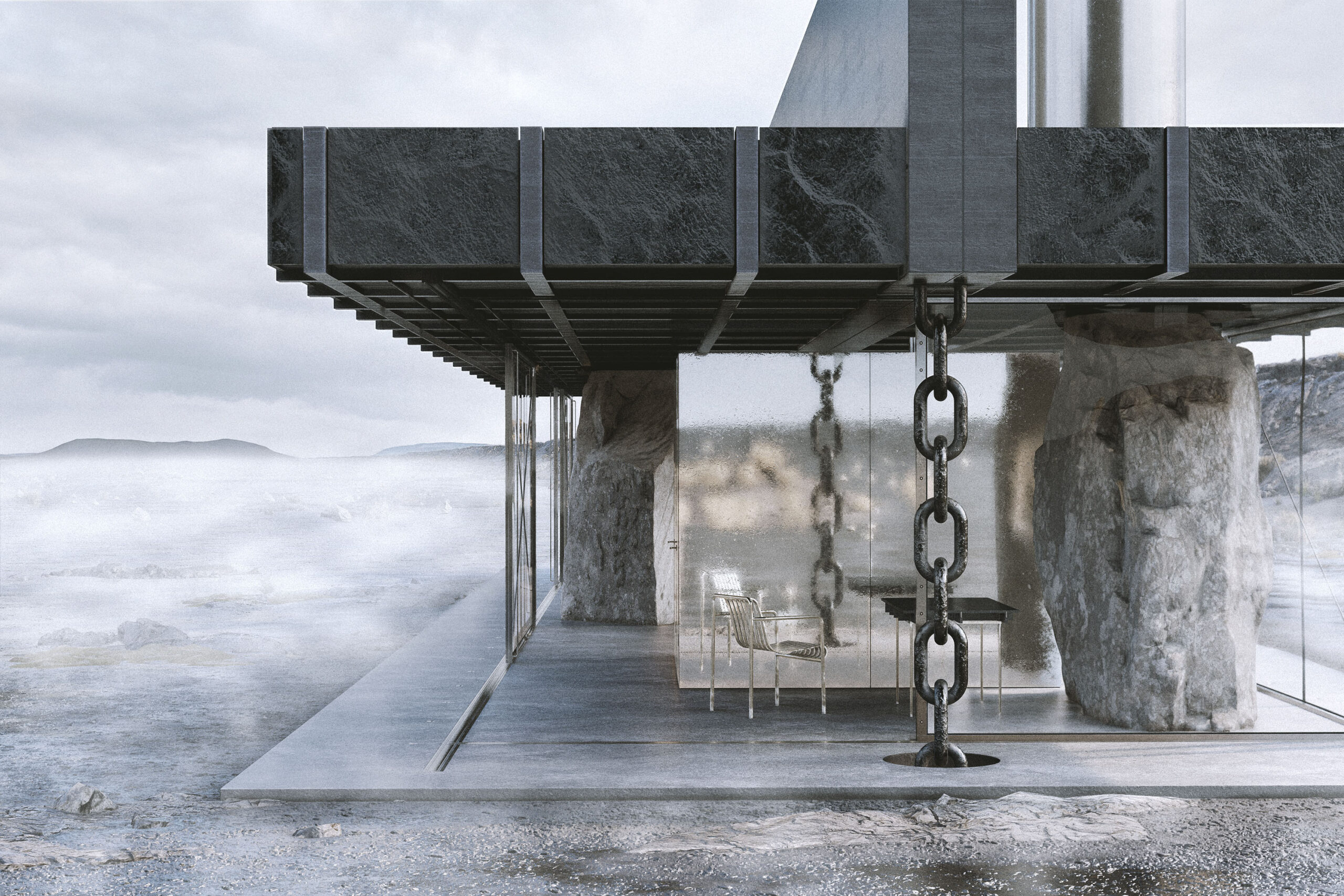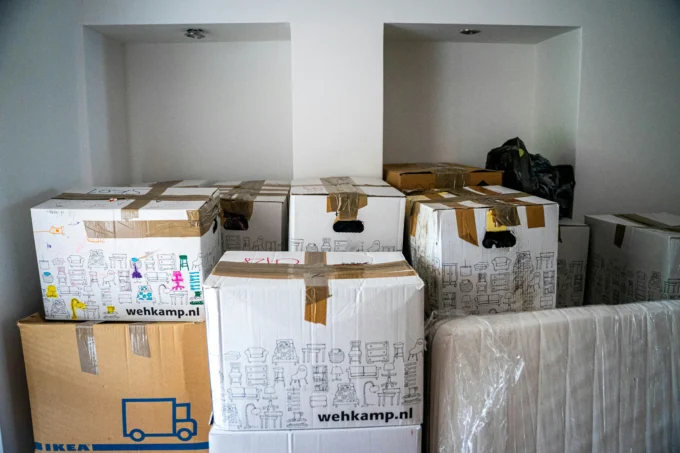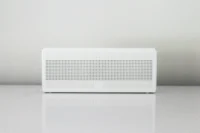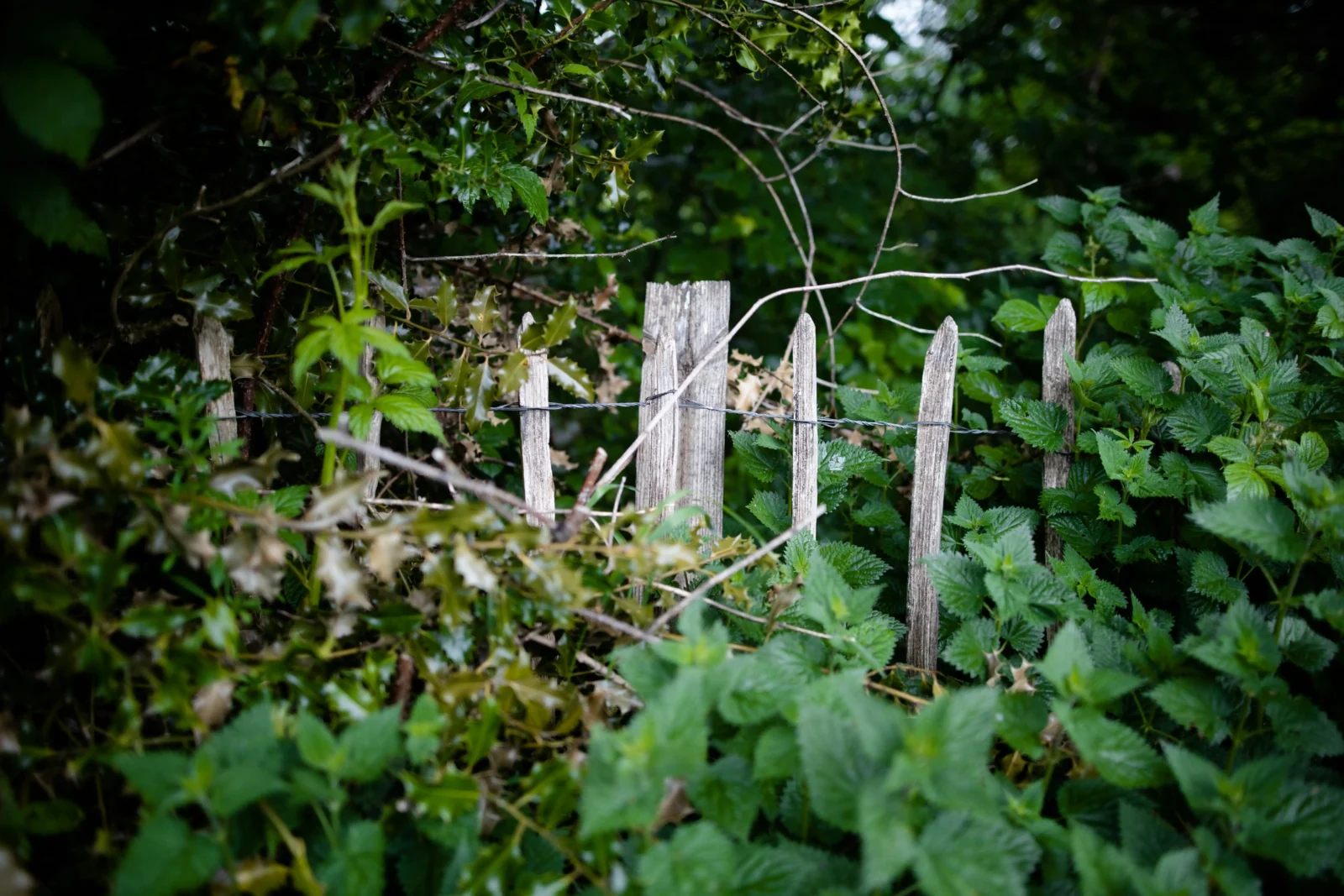- Home
- Articles
- Architectural Portfolio
- Architectral Presentation
- Inspirational Stories
- Architecture News
- Visualization
- BIM Industry
- Facade Design
- Parametric Design
- Career
- Landscape Architecture
- Construction
- Artificial Intelligence
- Sketching
- Design Softwares
- Diagrams
- Writing
- Architectural Tips
- Sustainability
- Courses
- Concept
- Technology
- History & Heritage
- Future of Architecture
- Guides & How-To
- Art & Culture
- Projects
- Interior Design
- Competitions
- Jobs
- Store
- Tools
- More
- Home
- Articles
- Architectural Portfolio
- Architectral Presentation
- Inspirational Stories
- Architecture News
- Visualization
- BIM Industry
- Facade Design
- Parametric Design
- Career
- Landscape Architecture
- Construction
- Artificial Intelligence
- Sketching
- Design Softwares
- Diagrams
- Writing
- Architectural Tips
- Sustainability
- Courses
- Concept
- Technology
- History & Heritage
- Future of Architecture
- Guides & How-To
- Art & Culture
- Projects
- Interior Design
- Competitions
- Jobs
- Store
- Tools
- More
Table of Contents
ToggleBIM
Building information modeling (BIM) is a process supported by various tools, technologies, and contracts that includes the creation and management of digital representations of the physical and functional characteristics of venues. For an office building, a hospital, a road, or a bridge, a BIM model can map everything, to the manufacturing specifications, to the furniture or lightning a room will contain, to the environmental effect of the project. BIM does not only show the project’s appearance it will show the project’s action before the construction process.
Generative Design
Generative design mimics organisms and their functions in nature. It uses artificial intelligence to generate design options with various algorithms. Generative design is able to produce fluid and organic forms that simulation of nature. While using artificial intelligence gives multiple design options such as materials, construction technologies, or budget.
 Additive Design: 3D and 4D Printing
Additive Design: 3D and 4D Printing
Additive design consists of 3D and 4D printing comparing to generative design. It combines generative design with advancements in additive manufacturing. Nowadays, 3D printing can produce the entire structure of the building. Few buildings were built by 3D printing technology. It may spark a new approach in architecture.
 Virtual Reality
Virtual Reality
VR allows architects to better explain their ideas and designs to their clients in a life-like experience. VRs are the top trend among clients and designer groups. Due to the simulation experience it offers, it can help create more efficient and user-specific designs. You can improve your presentations with VR glasses and a software program that you will integrate into the programs you design.

Augmented Reality
VR creates the environment itself using technology. However, augmented reality (AR) uses the existing environment and adds new layers to it. AR adds to the real-life experience and virtual environment by overlaying 2D over 3D. It works by giving 3D effects and volume to a 2D architectural plan. Users do not need any glass to feel materials put into the design with a smartphone.

Touchable Hologram
Another experience of virtual reality, Touchable Hologram enables light to be perceived as a substance. This hologram technology was developed for use in the fields of architecture and medicine. Touchable Holograms can respond to every touch. When the user’s hand comes into contact with the 3D image in the box, the hologram emits ultrasonic radiation pressure. Therefore, users feel as if they are touching the object, which is more realistic.

Submit your architectural projects
Follow these steps for submission your project. Submission FormLatest Posts
The Ultimate Guide to Fencing in North Dakota: Choosing the Best Fence for Your Property
Watching a chain link fence twist in 70 mph winds near Minot...
Gaudí: Where Architecture Meets Science
Gaudí: Where Architecture Meets Science shows catenary arches, ruled surfaces, and biomimicry...
How Housing Market Forces Shape Architectural Design Today
Architecture never exists in isolation. Buildings rise from a mix of ambition,...
Why Portable Formaldehyde Gas Detectors Matter on Construction Sites
As construction practices shift toward more enclosed and material-intensive environments, the risk...















Leave a comment